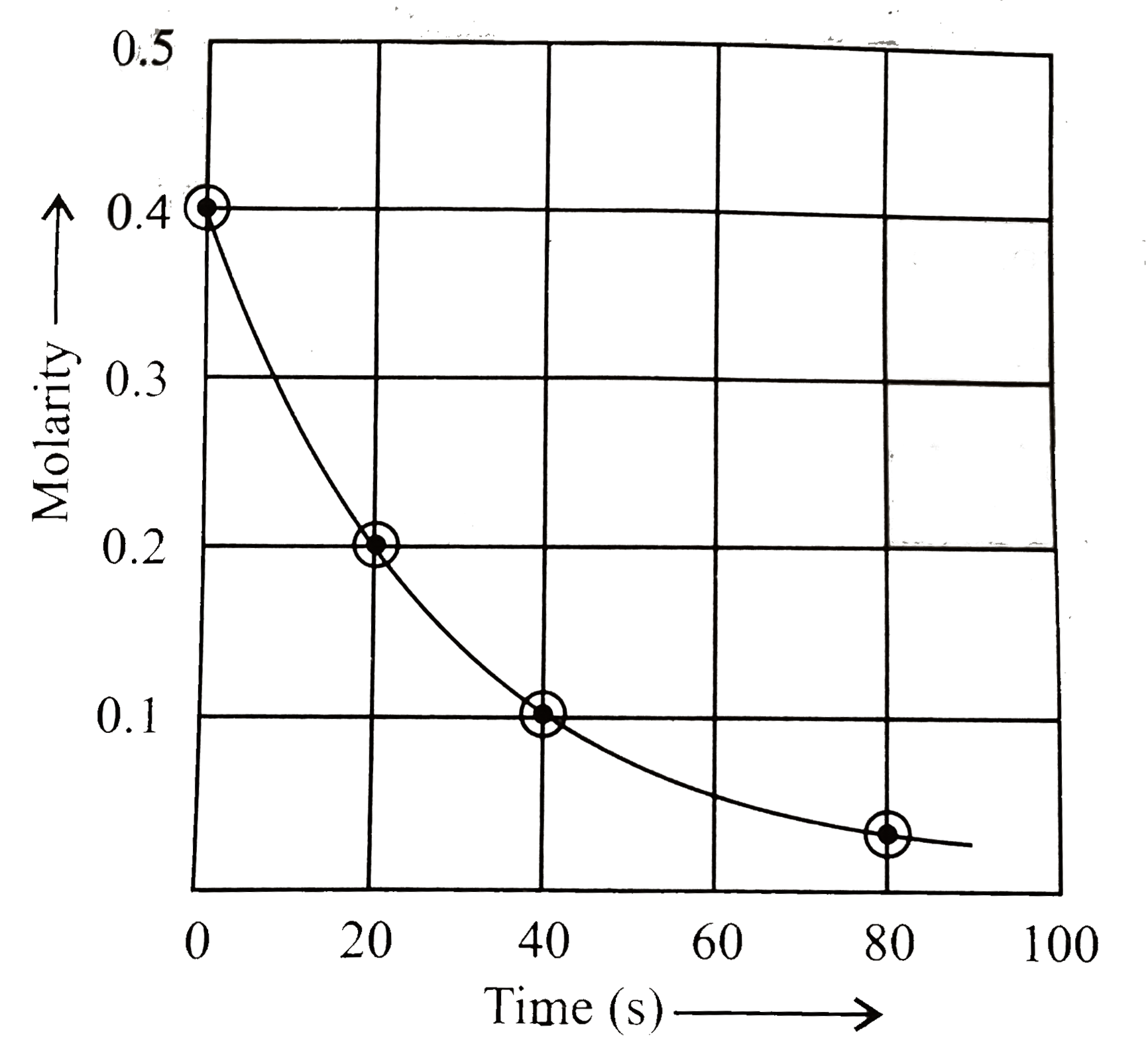For the reaction , if , then a, b and c respectively are:
The correct Answer is:C
Dividing throughout by 3, we get
This is so for the reacting
Topper's Solved these Questions
- CHEMICAL KINETICS BOOK - PREMIERS PUBLISHERSCHAPTER - CHEMICAL KINETICS EXERCISE - OTHER IMPORTANT QUESTIONS & ANSWERS (II. Answer the following questions.)
52 Videos
- CHEMICAL KINETICS BOOK - PREMIERS PUBLISHERSCHAPTER - CHEMICAL KINETICS EXERCISE - EVALUATION ( TEXTBOOK QUESTIONS & ANSWERS ) ( II. Answer the following questions.)
30 Videos
- CARBONYL COMPOUNDS AND CARBOXYLIC ACIDSBOOK - PREMIERS PUBLISHERSCHAPTER - CARBONYL COMPOUNDS AND CARBOXYLIC ACIDSEXERCISE - OTHER IMORTENT QUESTIONS & ANSWERS (ANSWER THE FOLLOWING QUESTIONS)
88 Videos
- CHEMISTRY IN EVERYDAY LIFEBOOK - PREMIERS PUBLISHERSCHAPTER - CHEMISTRY IN EVERYDAY LIFEEXERCISE - OTHER IMPORTANT QUESTIONS& ANSWERS (ANSWER THE FOLLOWING QUESTIONS)
63 Videos
Similar Questions
For the reaction: aA+bB→cC+dD
Rate =dxdt=−1ad[A]dt=−1bd[B]dt=1cd[C]dt=1dd[D]dt
A reaction follows the given concentration-time graph. The rate for this reaction at 20s will be

View SolutionFor the reaction: aA+bB→cC+dD
Rate =dxdt=−1ad[A]dt=−1bd[B]dt=1cd[C]dt=1dd[D]dt
In the following reaction,
xA→yB
log.[−d[A]dt]=log.[d[B]dt]+0.3
where negative isgn indicates rate of disappearance of the reactant. Thus, x:y is:
View Solution
Knowledge Check
For the reaction aA+bB→cC, if −3d[A]dt=−d[B]dt=+1.5d[C]dt, then a, b and c respectively are
A3,1,2B2,1,3C1,3,2D6,2,3xA+yB→zC. If −d[A]dt=−d[B]dt=1.5d[C]dt, then x, y and z are :
A1,1,1B3,2,3C3,3,2D2,2,3For the reaction ,XA+YB→ZC
If −d[A]dt=−d[B]dt=1.5d[C]dt. then the correct statements among the following is:AThe value of Y=2BThe value of X=Y=Z=3CThe value of X=Y=3DThe value of X=2
For the reaction ,XA+YB→ZC
If −d[A]dt=−d[B]dt=1.5d[C]dt. then the correct statements among the following is:
View SolutionThe rate of reaction for certain reaction is expressed as :13d[A]dt=−12d[B]dt=−d[C]dt The reaction is:
View SolutionIf for the reaction A→B rate=−d[A]dt=2d[B]dt then, rate law is
View SolutionFor the reaction: aA+bB→cC+dD
Rate =dxdt=−1ad[A]dt=−1bd[B]dt=1cd[C]dt=1dd[D]dt
A reaction follows the given concentration-time graph. The rate for this reaction at 20s will be

View SolutionFor the reaction: aA+bB→cC+dD
Rate =dxdt=−1ad[A]dt=−1bd[B]dt=1cd[C]dt=1dd[D]dt
In the following reaction,
xA→yB
log.[−d[A]dt]=log.[d[B]dt]+0.3
where negative isgn indicates rate of disappearance of the reactant. Thus, x:y is:
View Solution
